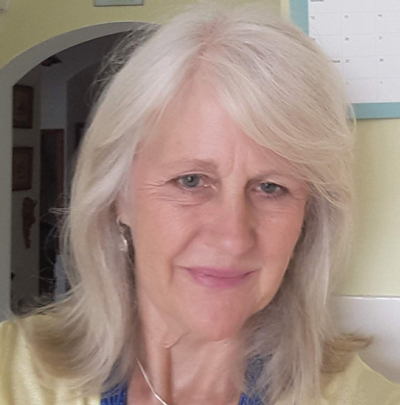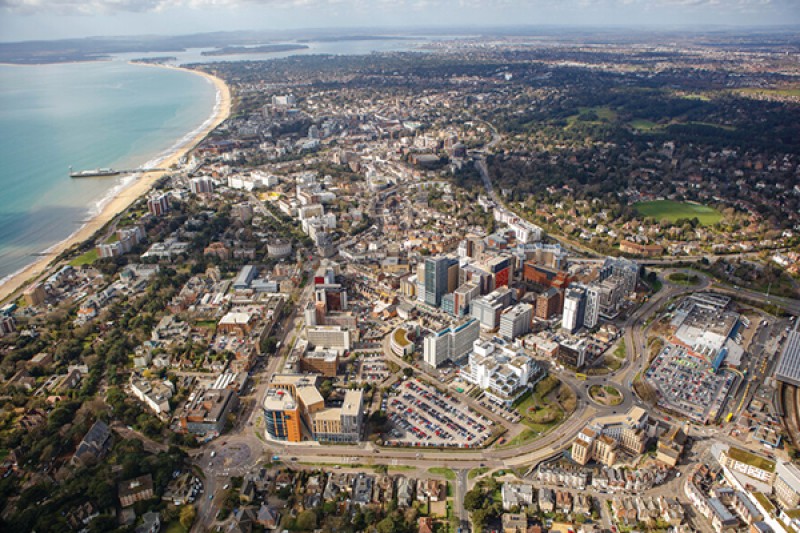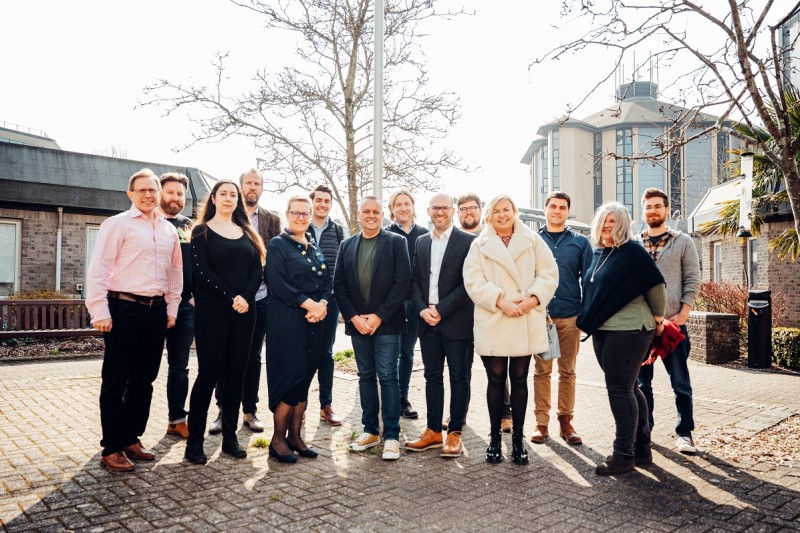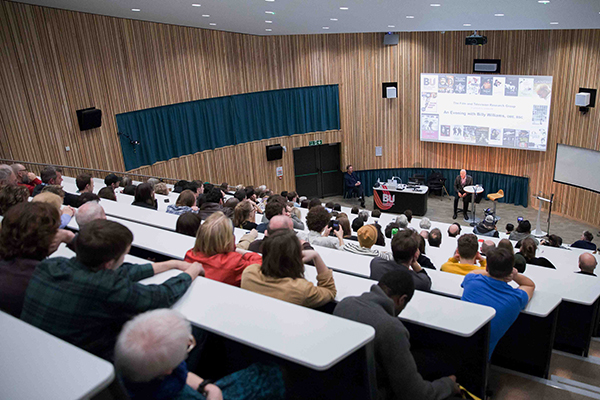Working with you
By combining academic expertise with industry experience and our position as a catalyst for growth within our region, we can help you meet your aims in a variety of contexts. That ranges from working with local health organisations, to international athletes.
The services and support we provide to businesses include knowledge transfer partnerships, continuing professional development courses, consultancy and graduate recruitment.
Talk to us about your business needs
Each of our faculties has a dedicated representative to help you connect with the right experts and services at BU.
Meet the team: Rachel Clarke, Bournemouth University Business School | Matt Desmier, Faculty of Media & Communication | Finn Morgan, Faculty of Science & Technology | Mary-Ann Robertson, Faculty of Health & Social Sciences






Complete our enquiry form to start a conversation
KTP Practitioners Conference 2024 – 19 & 20 June 2024
BU is proud to be hosting the 2024 national Knowledge Transfer Partnership (KTP) Conference on our Talbot Campus, with a theme of ‘Engines of Innovation: Rediscovering our Futures’.
Forged @ FOUNDRY
Fireside chats designed to inspire the next generation of exciting young entrepreneurs and a Business Plan Challenge with real cash funding available – deadline for entry 12pm on Friday 10 May.
Funding that helps you grow
A Knowledge Transfer Partnership (KTP) will embed a high-calibre graduate into your organisation and partner you with a leading BU academic, and is a proven way to help you develop new products and improve your services – giving you an edge over your competitors.
What’s more, KTPs are largely funded by the UK Government – 67% for SMEs and 50% for large organisations – while your own costs are eligible under the research and development tax credits scheme, reducing your contribution even further.
Staff development and continuing professional development
Your most vital asset is your people. As a university, we know just how important it is to help people reach their potential, and we can help your staff to drive you to greater heights. We offer short courses, bespoke courses, undergraduate and postgraduate degrees, and continuing professional development options.
In healthcare, this involves a broad spectrum of programmes, all of which can be found on our CPD application portal.
In management, our Help to Grow programme is 90% subsidised by the government and is aimed at senior leaders of small and medium businesses. We offer a range of management training opportunities in addition to this; please get in touch to find out more.
We also provide training in the areas of sonar technology, gym instruction, sports massage and personal training, and environmental management.
Connecting you with future talent
We’re proud of BU’s graduates and what they go on to achieve, and we’re also proud of how our Careers team supports them in meeting their goals.
Our annual Jobs Fair provides an ideal way for employers to engage with current students and future graduates. Employers in attendance have included the likes of Electronic Arts, IBM, Mazars, NHS, Sunseeker, Teach First, Nationwide, Oxfam, HMRC, and Wilmott Dixon.
MyCareerHub, our online portal providing support to current students and recent graduates, also enables employers to advertise job opportunities directly to those emerging talents.
Find out how we can connect you to the right people Find out about apprenticeships at BU
Sustainability expertise
We are committed to helping to protect and preserve a sustainable environment, and we have embedded that ethos into everything that we do. It influences how we power our buildings, how we dispose of our waste, what and how we educate our students, the type of research we do – and the ways we work with other organisations.
By embedding sustainability into all our processes and practices, you can work with us safe in the knowledge that you are partnering with an organisation that is committed to preserving the planet, and will be able to explore ways we can do that better together.
Get in touch to find out more about partnering with us

 A 2022 cohort on the Help to Grow management programme
A 2022 cohort on the Help to Grow management programme



